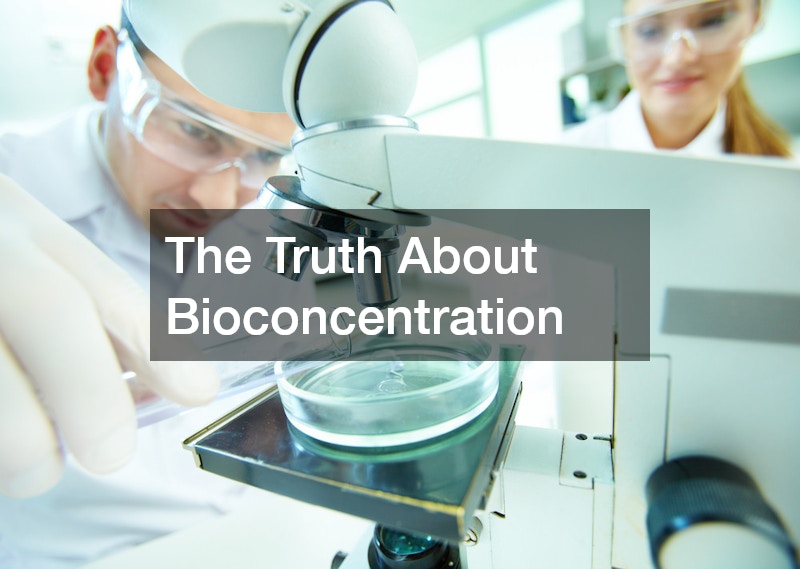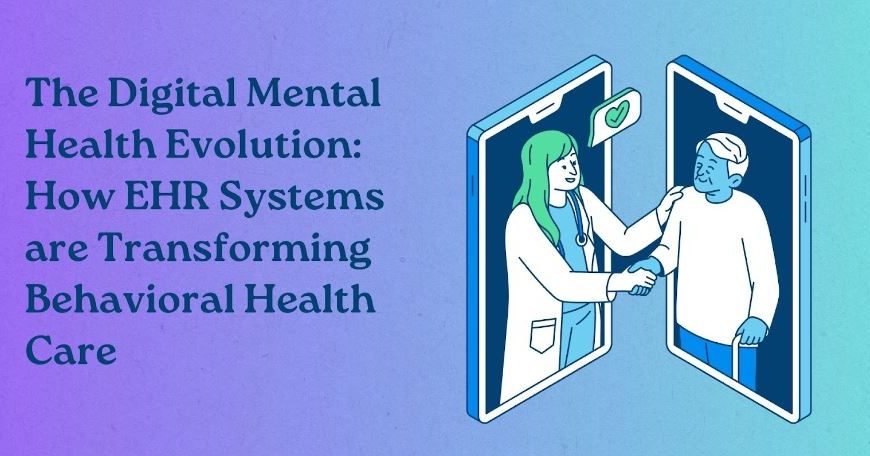In recent years, environmental science has increasingly turned its focus towards understanding the processes that affect the distribution of chemicals in nature. Among these processes, bioconcentration—an often misunderstood phenomenon—plays a critical role. Bioconcentration refers to the accumulation of substances, such as pesticides or other organic pollutants, in an organism from its surrounding environment.
While many are aware that harmful chemicals can accumulate within ecosystems, the specifics of bioconcentration, its implications for environmental and human health, and its relevance in policy-making often go overlooked. This article delves into the fundamentals of bioconcentration, exploring its underlying mechanisms, its impact on ecosystems, and why it matters for both current and future generations.
When Bioconcentration Occurs
Fundamentally, bioconcentration occurs when a chemical substance is absorbed by an organism at a rate faster than it is lost. This process typically happens in aquatic environments, where pollutants dissolve and present an exposure risk to fish and other wildlife. For instance, substances that do not easily break down in water or through biological processes tend to accumulate in the fatty tissues of fish. A well-known fact is that mercury concentrations in fish can be quite high due to this process, leading to advisories about limiting consumption of certain large fish species. As such, understanding bioconcentration is crucial for assessing the risks posed by chemical pollutants in aquatic ecosystems.
A key factor in bioconcentration is the nature of the chemical itself, as certain characteristics can increase or decrease the likelihood of accumulation. Lipophilic (fat-loving) substances, for example, are more prone to bioconcentration due to their affinity for fatty tissues. Moreover, the stability and persistence of a chemical determine how long it remains within the organism and the environment. Polychlorinated biphenyls (PCBs) are a notorious example—they are highly lipophilic and resistant to degradation, leading to widespread bioconcentration even years after their use was banned. By understanding these chemical properties, scientists can predict and mitigate the adverse effects they might have on the environment.
The Impact of Bioconcentration
The impact of bioconcentration extends beyond individual species and can alter entire ecosystems. As chemicals move up the food chain through a process called biomagnification, their concentrations increase, potentially leading to toxic effects in top predators, including humans. This is why bioconcentration is often discussed alongside related processes like bioaccumulation and biomagnification; together, they elucidate the pathways through which toxins can have cascading effects. For instance, the pesticide DDT, infamous for its environmental impacts observed in the mid-20th century, exemplifies how bioconcentration and subsequent biomagnification can lead to ecosystem-wide decline, affecting both wildlife and human health.
The Consequences of Bioconcentration
Addressing the consequences of bioconcentration involves a multifaceted approach that includes scientific research, technological innovation, and policy intervention. Scientists employ advanced modeling techniques to predict which chemicals are likely to bioaccumulate and pose significant risks. One innovative approach is the development of biodegradable or less persistent alternatives to harmful lipophilic substances, thereby reducing bioconcentration potential. Additionally, governments can implement stricter regulations on the production and release of industrial chemicals known to bioconcentrate. Such measures not only protect biodiversity but also ensure the safety and health of human populations who rely on these ecosystems for food and recreation.
Public awareness and education are also pivotal in addressing the issues associated with bioconcentration. By increasing consciousness about the sources and effects of chemical pollutants, individuals can make informed decisions, such as choosing sustainably sourced seafood and advocating for cleaner industrial practices. Educational programs and community outreach can empower people to contribute to environmental conservation efforts. Furthermore, collaboration among international bodies to monitor and regulate chemical emissions is crucial, as pollutants do not adhere to national boundaries. Through collective action, the adverse impacts of bioconcentration can be mitigated to preserve the environment for future generations.
The truth about bioconcentration is layered and complex, involving intricate interactions between chemicals and organisms, and extending their implications across entire ecosystems. Understanding this process is fundamental to gauging the risks associated with environmental pollutants. By addressing bioconcentration through scientific research, policy change, and public engagement, society can reduce the health risks posed by pollutants and safeguard environmental integrity. As we advance our knowledge and awareness, the collective efforts towards battling the impacts of bioconcentration chart a path towards a healthier, more sustainable future.
.





